-
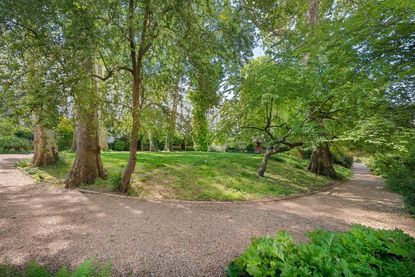
The 'new Notting Hill': A world of beautiful architecture, one-bedroom flats with seven-figure price tags, and the sort of private gardens where Hugh Grant might kiss Julia Roberts
By Will Hosie
-
-

Hot rocks, impassable jungles and many, many eels: The Country Life Quiz of the Day for January 7 has landed
By Country Life
-

This new hotel medi-spa in Morocco has got tongues wagging for all the right reasons — and it’s nearly as big as The White House
By Jennifer George
-
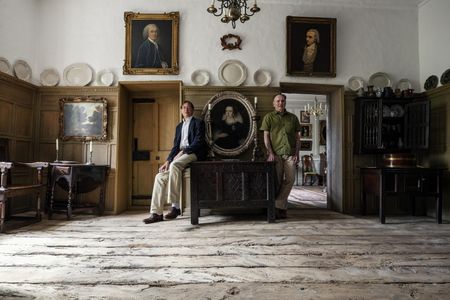
The 400-year-old floors perfectly preserved in the house that inspired Charles Dickens to create Miss Havisham's mansion
By John Goodall
-

Sophia Money-Coutts: A snob's guide to making it through Dry January
By Sophia Money-Coutts
-

From a spectacular funerary monument to a victory Armada portrait: Here are our must-see treasures in the East of England
By Charlotte Mullins
-
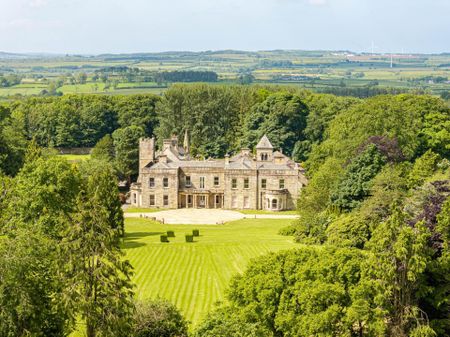
Best country houses for sale this week
By Country Life
-
Exquisite houses, the beauty of Nature, and how to get the most from your life, straight to your inbox.
People & Places
-
-

Meg Walters: The BBC's 1995 adaptation of 'Pride and Prejudice' is the ultimate Millennial fairytale
-
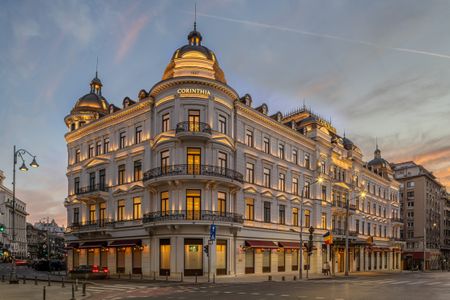
The return of one of Europe's most iconic hotels is just the beginning for Bucharest
-
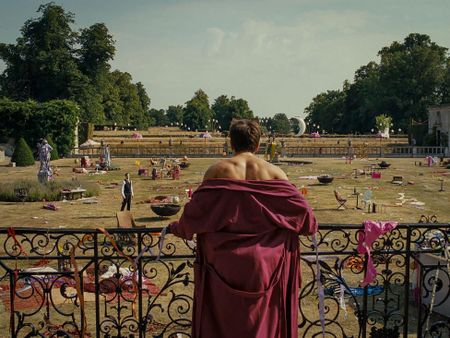
Britain's most entertaining (and a little bit salacious) country house scandals
-

Actor Jennifer Garner on Diane Keaton, 'collecting women' — and her consuming passions
-
Property
View all Property-

The 'new Notting Hill': A world of beautiful architecture, one-bedroom flats with seven-figure price tags, and the sort of private gardens where Hugh Grant might kiss Julia Roberts
By Will Hosie
-
-

Best country houses for sale this week
By Country Life
-

A 300-year-old home with grace, style and history, yet unlisted and exempt from mansion tax
By Toby Keel
-
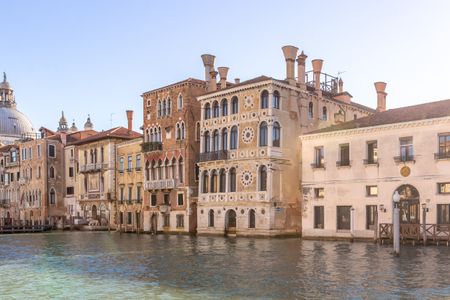
A Venetian palazzo that entranced John Ruskin and was painted by Monet is for sale — but beware, it’s cursed
By Rosie Paterson
-
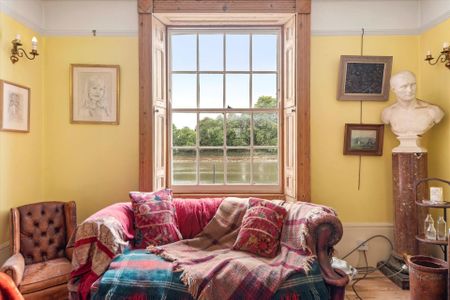
The nearest thing you'll get to a beach house in London: this four-bedroom Georgian home for sale that's right by the water's edge
By Toby Keel
-

A huge farmhouse that mixes Georgian charm with an 80 foot party barn and a swimming pool
By Julie Harding
-

The 12 biggest country property sales of 2025, from 'one of the finest homes in the Cotswolds' to a £5 million cottage in Cornwall
By Penny Churchill
-
Our expert voices
Interiors
View All Interiors-
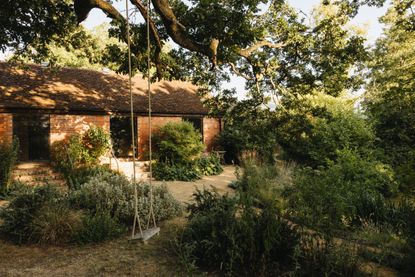
How an eco-friendly interior designer transformed a former milking parlour into a multi-purpose space in the middle of the Pandemic
By Grace McCloud
-
-
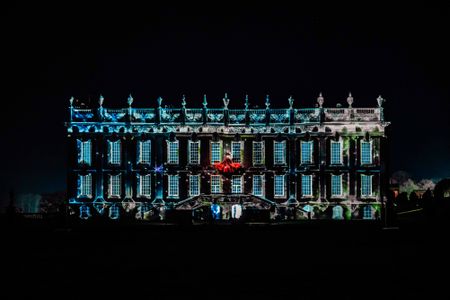
How Britain’s biggest and best country houses are decking the halls (and façades) for Christmas
By Bella Fulford
-
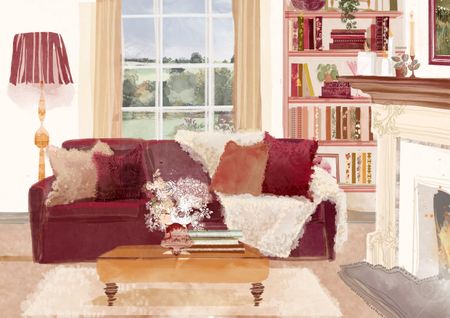
Giles Kime: Cushions, rugs, upholstered stools and sofa blankets are the ingredients of a pleasing new trend
By Giles Kime
-

John Goodall: Restoration is 'an act of recycling', but we need a system that encourages it
By John Goodall
-

Making space in a Georgian terraced Chelsea cottage
By Arabella Youens
-

Moths and memories of the Russian Revolution: Why it's worth saving that tired old rug
By Catriona Gray
-

How one family went about creating a welcoming kitchen in one of England's neo-Palladian houses
By Arabella Youens
-

How do you make a 300-year-old Baronial castle fit for modern-day living?
By Arabella Youens
-
LIFE & STYLE
View All LIFE & STYLE-
-

Sophia Money-Coutts: A snob's guide to making it through Dry January
By Sophia Money-Coutts
-

From a spectacular funerary monument to a victory Armada portrait: Here are our must-see treasures in the East of England
By Charlotte Mullins
-

‘Live in the country (or, failing that, Kensington Square) and wear navy’: A brief history of the colour that never goes out of style
By Deborah Nicholls-Lee
-

The artistic and historical treasures in Ireland that you must visit at least once in a lifetime
By Charlotte Mullins
-
COUNTRYSIDE
View All THE COUNTRYSIDE-
-

Endangered bumblebees, sifting spoonbills and trespassing tortoises: Britain's railway network is a wildlife haven
By Vicky Liddell
-

Gavin Plumley: Shakespeare’s country isn’t Stratford-upon-Avon, it’s the quiet and beautiful Herefordshire countryside where Hamnet was filmed
By Gavin Plumley
-

Two turtle doves: Why the endearing bird is an animal for all seasons, not just Christmas
By Mark Cocker
-
Gardens
View All Gardens-
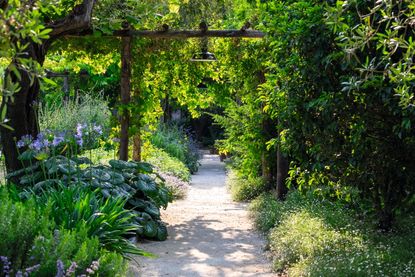
The Convent Garden of Il Redentore: A Venice masterpiece that's finally opened its gates after 450 years of total privacy
By Tim Richardson
-
-

Country Life's top 10 garden stories of 2025, from Alan Titchmarsh's hardy annuals to David Beckham's Cotswolds paradise
By Toby Keel
-

Helmingham Hall: The ancient garden at a medieval hall where the drawbridge is still pulled up every night
By Tilly Ware
-
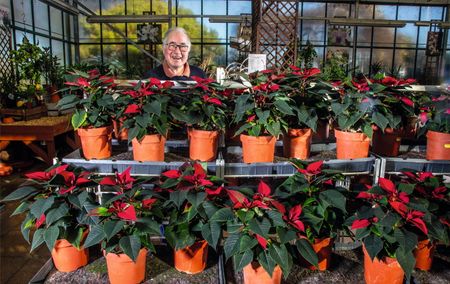
The plants to give for Christmas which will keep flowering for years
By Jane Wheatley
-
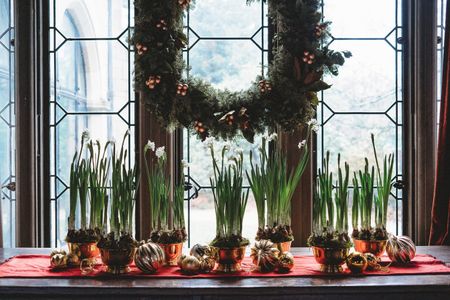
How to create spectacular arrangements for your Christmas table
By Amy Merrick
-

There are a billion microbes in a teaspoon of soil. Leaving the leaves to Nature feeds and nourishes them
By Isabel Bannerman
-
ART & CULTURE
View all ART & CULTURE-
-

Forget Bond, the understated George Smiley is fiction's greatest spy
By Emma Hughes
-

‘I wasn’t really sure that I wanted to be a ballet dancer’: The English National Ballet's prima ballerina on playing Clara in The Nutcracker and her consuming passions
By Lotte Brundle
-

The policeman turned goat-herder turned beautician, whose goats' milk soap became a sensation
By Jane Wheatley
-
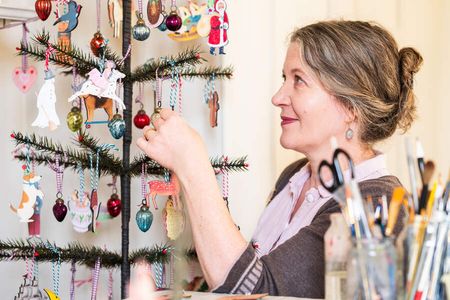
The exquisite Christmas decorations that spark childhood joy, and the decoration-maker who creates them
By Jane Wheatley
-
Travel
View All Travel-

This new hotel medi-spa in Morocco has got tongues wagging for all the right reasons — and it’s nearly as big as The White House
By Jennifer George
-
-
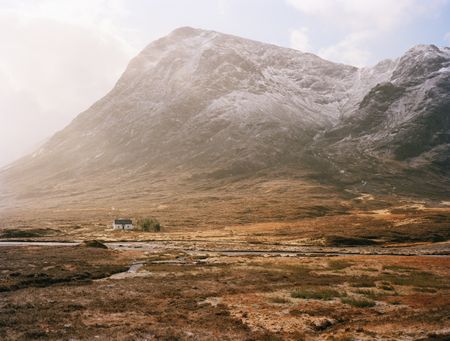
Country Life's top 10 travel articles of 2025, including the Scottish survival experience beloved by David Beckham and what a A-list ski resort does when it stops getting snow
By Rosie Paterson
-

The railway revolution: 'The most profound change to British society since the arrival of the Normans, perhaps even the Romans'
By Jonathan Self
-

Lisa Johnson: Instagram is fuelling overtourism, putting wildlife at risk and ruining our sense of adventure
By Lisa Johnson
-

What does the future hold for the exclusive Caribbean island that shuns shoes, spectacle and social media
By Rosie Paterson
-

What is everyone talking about this week: Would you move to Dubai?
By Will Hosie
-
Food & Drink
View All Food & Drink-

The 12 types of hangover, from 'Backwards Binoculars' to 'Titanic', and how to cure them all
By Olly Smith
-
-
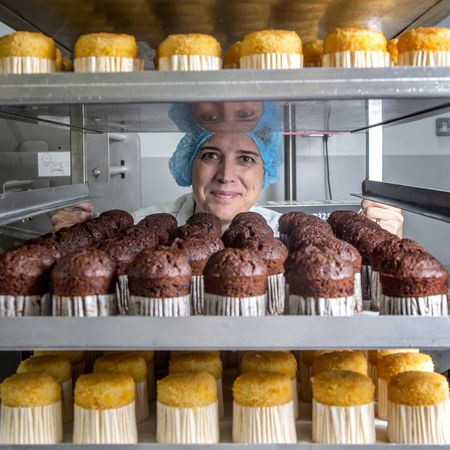
'We begin making in May and start packing and despatching in November — it’s carnage': How the Cotswolds' favourite cake-makers get ready for Christmas
By Jane Wheatley
-
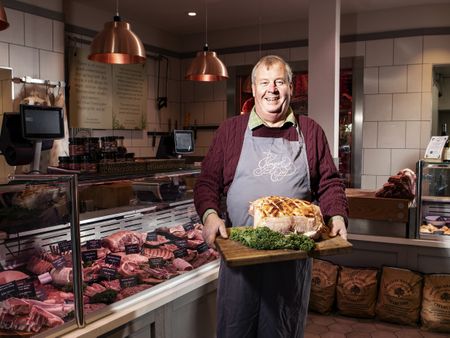
Tim Wilson of The Ginger Pig on the perfect Christmas ham
By Jane Wheatley
-

East London's salmon smokehouse is full of secrets
By Tom Howells
-
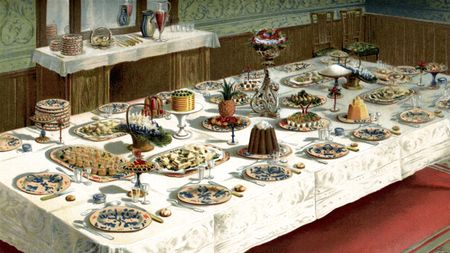
Four festive recipes from the Country Life Archive that have (thankfully) fallen out of favour
By Melanie Bryan
-

Country Life's luxury editor's Christmas gift ideas for foodies, from traditional hampers to nifty kitchen gadgets
By Amie Elizabeth White
-
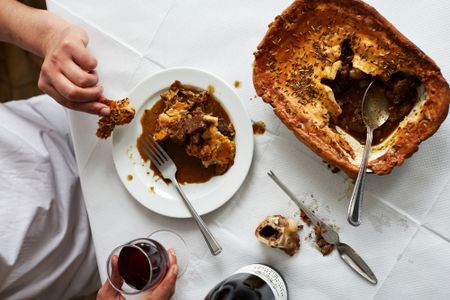
‘Calf’s brains have a bland, gentle richness that soothes and cossets': Tom Parker Bowles on the joys of eating offal
By Tom Parker Bowles
-







